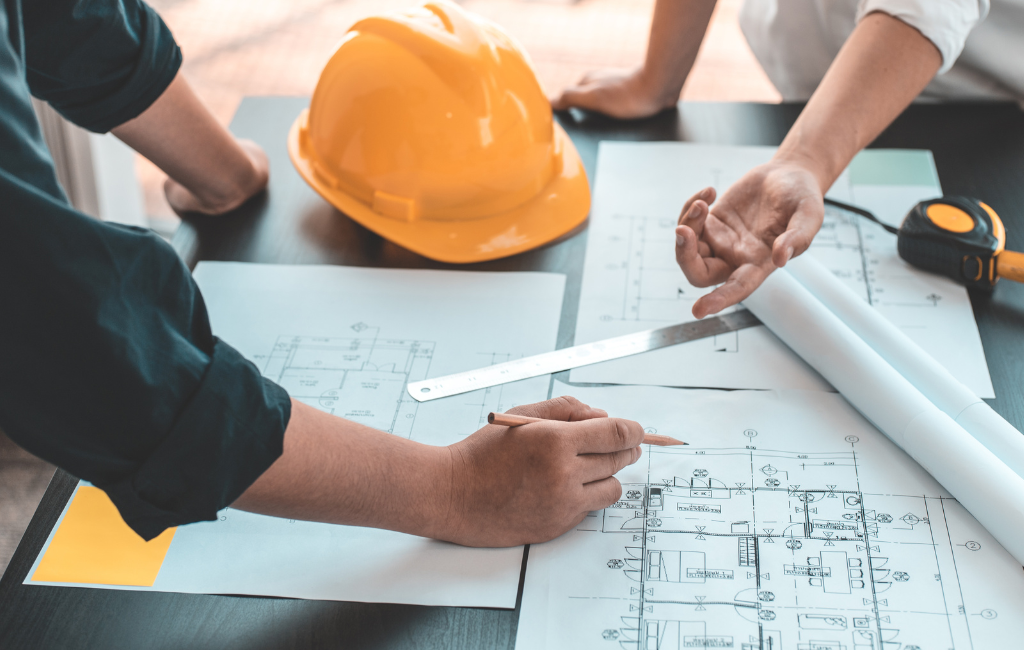Architect: Creating Timeless Designs for Modern Living
Architecture has always been a reflection of the times, capturing the essence of an era while pushing the boundaries of design and functionality. In today’s fast-paced world, architects face the challenge of creating spaces that are not only aesthetically pleasing but also sustainable and adaptable to the ever-changing needs of modern living. This article explores how architects are achieving this delicate balance, drawing on historical influences and innovative techniques to create timeless designs for contemporary life.
The Evolution of Architectural Design
Architecture has evolved significantly over the centuries, influenced by cultural, technological, and environmental factors. From the grandeur of ancient Greek temples to the minimalist lines of modernist buildings, each period has left its mark on the built environment.
Historical Influences
Historical architecture provides a rich source of inspiration for modern designers. The use of columns, arches, and domes in ancient structures continues to influence contemporary architecture. For example, the neoclassical style, which emerged in the 18th century, draws heavily on the principles of ancient Greek and Roman architecture.
Technological Advancements
Technological advancements have revolutionized the field of architecture. The development of new materials, such as steel and reinforced concrete, has enabled architects to create structures that were once unimaginable. The advent of computer-aided design (CAD) and building information modeling (BIM) has further transformed the design process, allowing for greater precision and efficiency.
Sustainable Design Practices
Sustainability has become a key consideration in modern architecture. With growing awareness of environmental issues, architects are increasingly incorporating eco-friendly practices into their designs. This includes the use of renewable materials, energy-efficient systems, and green building certifications.
Renewable Materials
The use of renewable materials, such as bamboo, reclaimed wood, and recycled metal, is gaining popularity in architectural design. These materials not only reduce the environmental impact of construction but also add a unique aesthetic to the finished product.
Energy-Efficient Systems
Energy-efficient systems, such as solar panels, geothermal heating, and smart home technology, are becoming standard features in modern buildings. These systems help reduce energy consumption and lower utility costs, making them an attractive option for homeowners and developers alike.
Adaptable Spaces for Modern Living
Modern living demands flexibility and adaptability in architectural design. As lifestyles change, so too must the spaces we inhabit. Architects are responding to this need by creating multifunctional spaces that can easily be reconfigured to suit different purposes.
Open-Plan Living
Open-plan living has become a popular trend in contemporary architecture. By removing walls and barriers, architects create fluid spaces that encourage social interaction and make the most of natural light. This design approach is particularly well-suited to urban environments, where space is often limited.
Modular Design
Modular design is another innovative approach to creating adaptable spaces. By using prefabricated modules, architects can quickly and efficiently construct buildings that can be easily expanded or reconfigured as needed. This flexibility makes modular design an ideal solution for a variety of applications, from residential housing to commercial spaces.
Case Studies: Timeless Designs in Action
Several architectural projects exemplify the principles of timeless design for modern living. These case studies highlight how architects are successfully blending historical influences, sustainable practices, and adaptable spaces to create enduring and functional designs.
The Salk Institute for Biological Studies
Designed by renowned architect Louis Kahn, the Salk Institute for Biological Studies in La Jolla, California, is a prime example of timeless design. Completed in 1965, the building features a minimalist aesthetic, with clean lines and an emphasis on natural light. The use of concrete and teak wood creates a sense of permanence, while the open courtyard fosters a sense of community and collaboration among researchers.
The Eden Project
The Eden Project in Cornwall, England, is a striking example of sustainable architecture. Designed by architect Nicholas Grimshaw, the project consists of a series of interconnected biomes that house diverse plant species from around the world. The use of renewable materials, such as ETFE (ethylene tetrafluoroethylene) for the biome coverings, and energy-efficient systems, such as rainwater harvesting, make the Eden Project a model of eco-friendly design.
The High Line
The High Line in New York City is a testament to the power of adaptable design. Originally an elevated railway, the structure was transformed into a public park by architects James Corner Field Operations and Diller Scofidio + Renfro. The park features a variety of seating areas, gardens, and art installations, creating a dynamic space that can be enjoyed by residents and visitors alike.
Conclusion
Architects play a pivotal role in shaping the built environment, creating spaces that reflect the values and needs of society. By drawing on historical influences, embracing sustainable practices, and designing adaptable spaces, architects are crafting timeless designs that stand the test of time. These principles not only enhance the aesthetic and functional qualities of buildings but also contribute to a more sustainable and resilient future.

